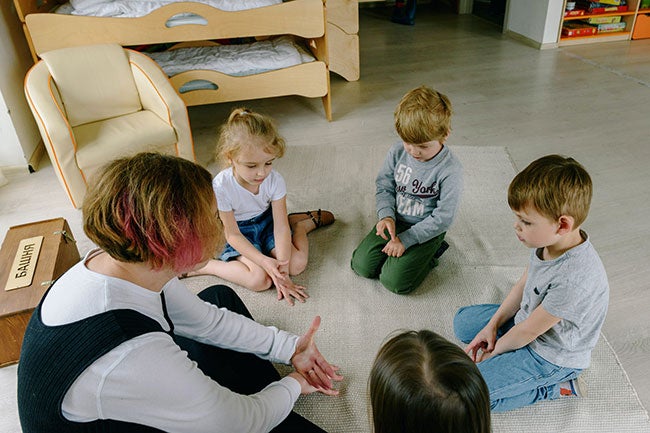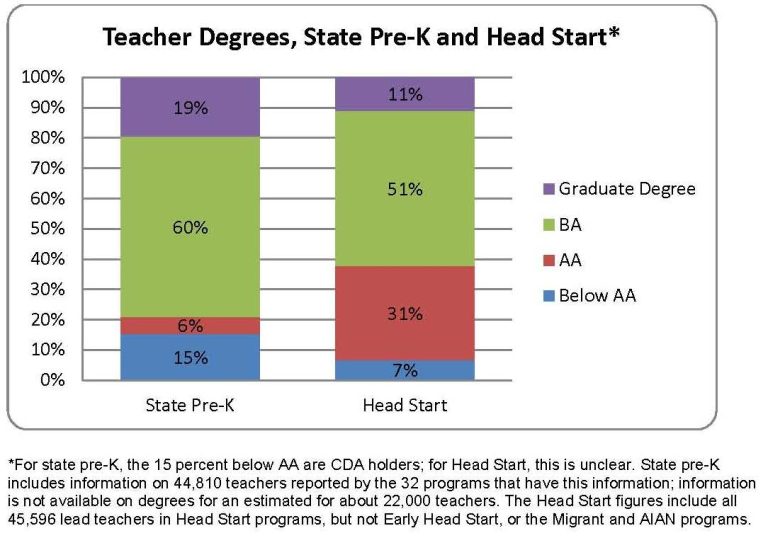How to Teach Young Children About Safety

Teaching young children about safety is crucial for their well-being. Use age-appropriate materials and activities to educate them effectively.
When it comes to teaching young children about safety, it’s essential to ensure they are equipped with the knowledge to protect themselves from potential hazards. By incorporating fun and interactive methods, kids can grasp the importance of safety measures. Consistently reinforcing safety rules and tips at home and in everyday situations can instill the necessary awareness in children.
Making safety a part of their daily routines will help them develop good habits and keep them safe as they grow. We’ll explore effective ways to educate young children about important safety practices, preparing them to navigate the world more confidently.
Identifying Everyday Hazards
When it comes to teaching young children about safety, identifying everyday hazards is an essential step in ensuring their well-being. Understanding potential risks in the home environment and establishing safety guidelines can significantly reduce the likelihood of accidents.
Explain The Importance Of Household Safety
Household safety is crucial for protecting children from potential harm and creating a secure living environment. By educating children about everyday hazards, parents and caregivers can empower them to make safer choices and prevent accidents.
List Common Risks In The Home Environment
- Falls from furniture or stairs
- Choking hazards
- Electrical outlets and cords
- Sharp objects and potential for cuts
- Poisonous substances
By raising awareness about these potential dangers, parents can proactively mitigate the associated risks and enhance overall safety within the household.
Teach The ‘Do Not Touch’ Rule
The ‘Do not touch’ rule is a fundamental principle for protecting children from unsafe items within the home. By reinforcing this rule, children can develop an understanding of potential dangers and learn to avoid hazardous objects, thereby reducing the likelihood of accidents.

Road Safety Techniques
Teaching young children about road safety is crucial for their well-being. Educating them about safe road-crossing practices, traffic light colors, and awareness of their surroundings can help prevent accidents and instill crucial life skills. Below are some effective techniques to teach young children about road safety.
Discuss Safe Road-crossing Practices
Children should learn the importance of crossing the road safely from an early age. Teach them to stop at the edge of the road, look left and right for vehicles, and listen for any approaching traffic. Encourage them to make eye contact with drivers before crossing and only move forward when it’s safe. Emphasize the significance of crossing at designated crosswalks and pedestrian crossings.
Use Games To Reinforce Traffic Light Colors
Games can be an engaging way to reinforce the concept of traffic lights and their colors. Create fun activities that involve matching colors to the corresponding actions at traffic lights. For instance, use red, yellow, and green flashcards to teach children to recognize and associate these colors with the appropriate responses when crossing the road. By incorporating play into learning, children are more likely to retain this vital information.
Encourage Awareness Of Surroundings
Instilling a sense of awareness and alertness in children is crucial for road safety. Encourage them to always be mindful of their surroundings when near roads. Teach them to be wary of driveways, parked cars, and blind spots where vehicles may not see them. Additionally, emphasize the importance of not using electronic devices or wearing headphones when walking near roads, as these distractions can hinder their awareness of potential dangers.
Establishing Clear Safety Routines
Teaching young children about safety is a crucial aspect of their development. Establishing clear safety routines helps to instill essential habits and behaviors that will keep them safe in various situations. By setting consistent rules for different settings, practicing regular emergency drills, and role-playing various safety scenarios, you can effectively teach young children about the importance of safety. Let’s explore these strategies in detail.
Set Consistent Rules For Different Settings
Consistency is key when it comes to establishing safety routines for young children. Setting consistent rules for different settings, such as home, school, and public places, helps children understand what is expected of them in various environments. Whether it’s teaching them to look both ways before crossing the street or reinforcing the importance of wearing a helmet while biking, consistency in rules creates a sense of predictability and reinforces the importance of safety at all times.
Practice Emergency Drills Regularly
Regular practice of emergency drills is essential for preparing children to respond effectively in case of an unforeseen emergency. Whether it’s a fire drill, a tornado drill, or an earthquake drill, practicing these scenarios helps children understand what to do and how to stay safe. By incorporating these drills into their routine, children not only become familiar with the procedures but also develop a sense of preparedness that can be invaluable in real-life situations.
Role-play Various Safety Scenarios
Role-playing different safety scenarios allows young children to actively engage with safety concepts in a fun and interactive way. Whether it’s pretending to cross the street safely, practicing what to do if they get lost in a public place, or learning how to respond to a stranger approaching them, role-playing empowers children to make safe choices and reinforces the importance of being proactive in safeguarding their well-being.
Safe Interactions With Strangers
When it comes to teaching young children about safety, it’s crucial to address the topic of safe interactions with strangers. As children navigate the world around them, they need to understand the concept of ‘stranger danger’ and develop the skills to respond appropriately in various situations.
Define ‘stranger Danger’ Simply
Children need to grasp the basic concept of ‘stranger danger’ without instilling unnecessary fear. Essentially, ‘stranger danger’ refers to the idea that not all adults can be trusted, and children should be cautious when interacting with unfamiliar individuals. Encourage open communication so children feel comfortable discussing their concerns openly.
Advocate The ‘No, Go, Yell, Tell’ Strategy
One effective way to empower children in dealing with potentially dangerous encounters is by introducing the ‘No, Go, Yell, Tell’ strategy. Teach children to assertively say ‘NO’ to any uncomfortable situation, retreat quickly to a safe place, scream or yell for help, and report the incident to a trusted adult immediately. Discussing real-life scenarios can help solidify their understanding of this strategy.
Role-model How To Reject Adults’ Advances Politely
As adults, it’s important to role-model polite and assertive behavior to show children how to reject advances from strangers. Demonstrate respectful but firm responses to unwanted attention to illustrate appropriate boundaries. This can help children develop the confidence to assert themselves if they feel uncomfortable with a stranger’s approach.
Engaging In Safety-themed Activities
Teaching young children about safety doesn’t have to be dull or intimidating. Engaging in safety-themed activities can make the learning process fun, interactive, and impactful. By integrating games, storytelling, and positive reinforcement, children can internalize important safety lessons that will stay with them for a lifetime.
Recommended Safety-themed Games
Games are a powerful tool for teaching children about safety in an enjoyable manner. Hide and Seek can be modified to include finding safe hiding spots and discussing why certain locations are unsafe. Simon Says can be adapted to include safety commands like “Simon says look both ways before crossing the street” or “Simon says wear your helmet when riding a bike.”
How Storytelling Can Impart Safety Lessons
Storytelling is a captivating way to convey safety messages to young children. Personalize the tales to include scenarios relevant to the child’s everyday life. Create stories about characters encountering safety situations and overcoming them. This helps children understand potential dangers and how to make safe choices.
Positive Reinforcement For Safe Behaviors
Positive reinforcement is crucial for ensuring that safety lessons stick. Praising and rewarding children for demonstrating safe behaviors encourages them to continue making sound decisions. Utilize sticker charts or small rewards to celebrate safety-conscious actions such as wearing a seatbelt, using crosswalks, or wearing protective gear.
Frequently Asked Questions For How To Teach Young Children About Safety
How Can I Teach My Child About Road Safety?
Teach young children about road safety by demonstrating how to cross roads safely, using crosswalks, looking both ways and holding your hand. Model safe behavior and explain the importance of obeying traffic rules.
What Are The Best Ways To Teach Fire Safety To Kids?
Teach children about fire safety by practicing fire drills, showing them how to locate and use fire extinguishers, and discussing the importance of not playing with matches or lighters. Make sure they know the emergency number to call in case of a fire.
How Can I Educate My Child About Personal Safety Without Scaring Them?
Educate your child about personal safety by using age-appropriate language, such as teaching them their full name and address, discussing the importance of staying with a trusted adult in public places, and role-playing scenarios to help them learn without causing fear.
Conclusion
Teaching young children about safety is crucial. By using age-appropriate strategies and open communication, parents and caregivers can instill valuable lessons that will help kids stay safe in various situations. Making safety education fun and interactive will reinforce important concepts and empower children to make smart decisions when it comes to their well-being.

Emma combines her teaching experience with her writing skills to produce engaging and informative content. She covers a range of topics, from classroom management to innovative teaching techniques.






